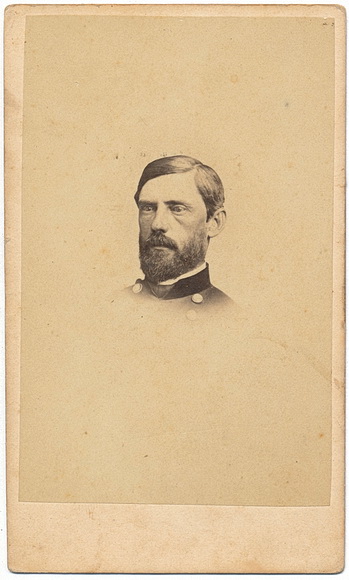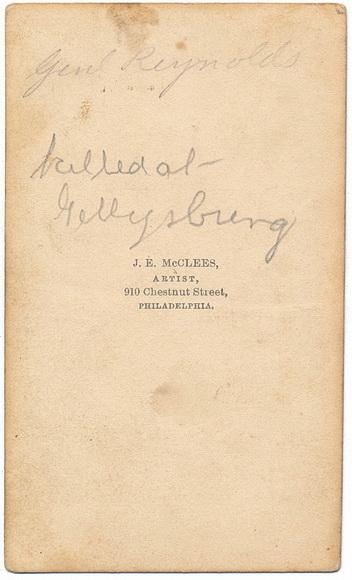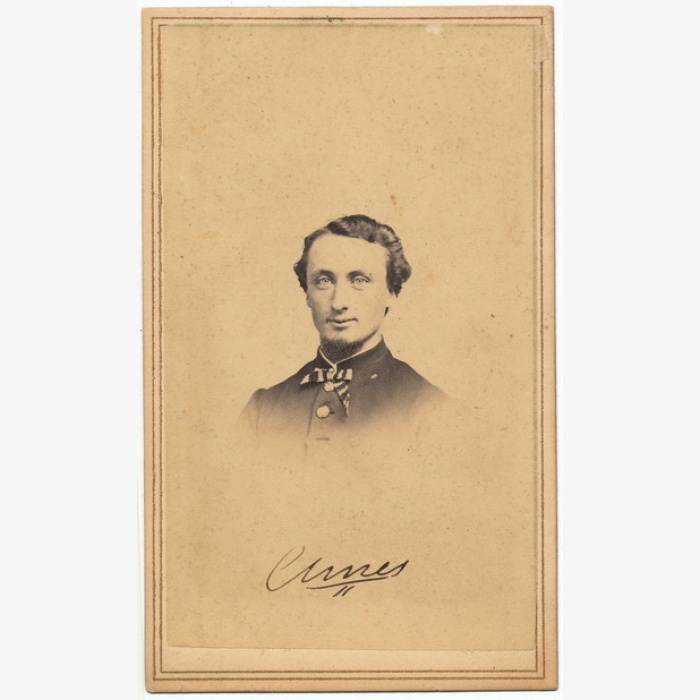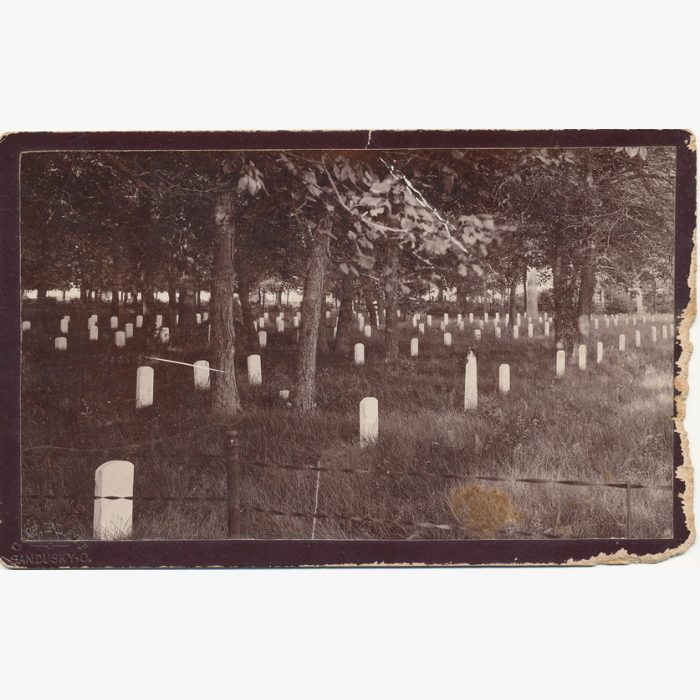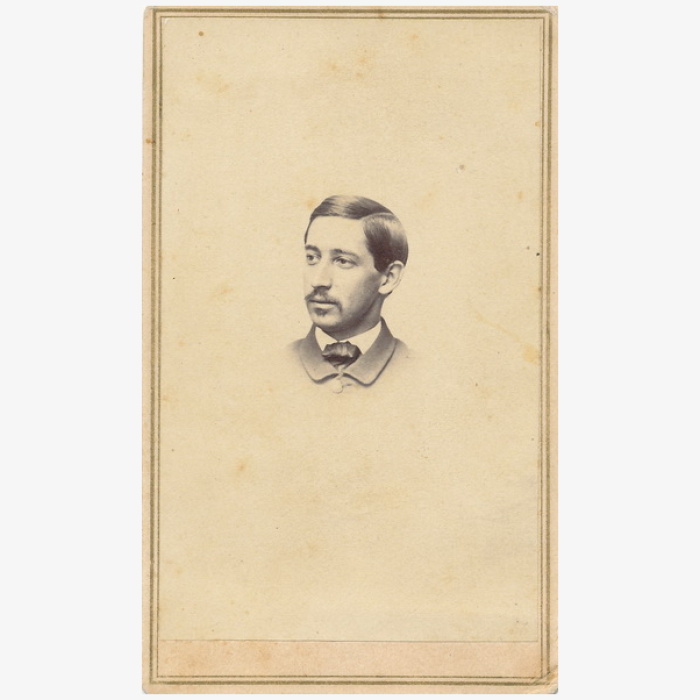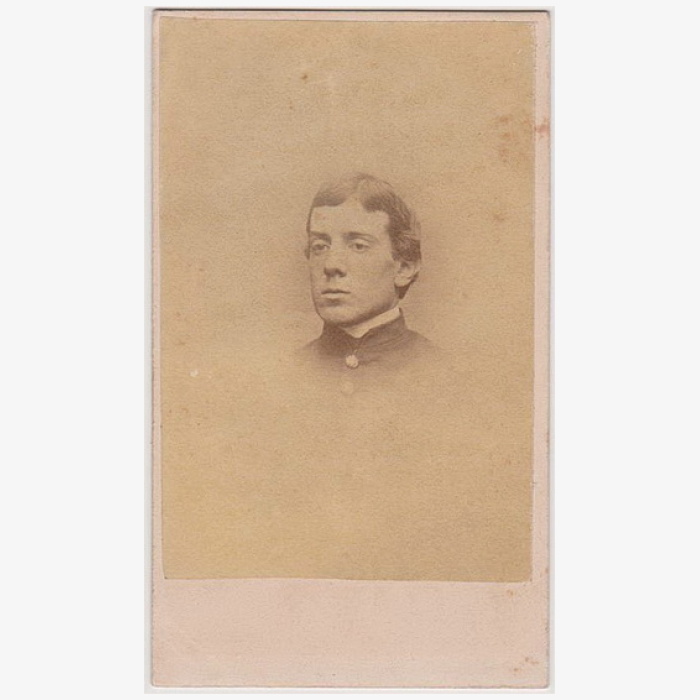Description
Vignette carte view of Union General John F. Reynolds. On August 20, 1861, Reynolds was appointed brigadier general of volunteers in the Union Army and put in command of one of the brigades of the Pennsylvania Reserves. During the Seven Days Campaign, he commanded his brigade at the Battles of Beaver Dam Creek and Gaines’ Mill. After the latter, an exhausted Reynolds was captured while attempting to get some sleep. An embarrassed Reynolds was comforted by his pre-war colleague, Confederate General D.H. Hill, who told him “do not feel so bad about your capture, it’s the fate of wars.”. He did not remain a prisoner for long; just weeks later he was exchanged and put in command of the entire division of Pennsylvania Reserves. At the Battle of Second Manassas, Reynolds led a rear guard counterattack that bought time for the Union Army to escape potential annihilation. Reynolds once again commanded his division at Fredericksburg. After Fredericksburg, when General Joseph Hooker was given command of the Army of the Potomac, Reynolds was given command of Hooker’s old First Corps. Following the Battle of Chancellorsville, Reynolds was one of several Union Generals who urged Hooker’s removal from command. However, when President Lincoln met with Reynolds and offered him command of the Army of the Potomac, Reynolds replied that he would only accept the command if he could be sure there would be no interference from his superiors in Washington. Unwilling to sacrifice civilian control of the military, Lincoln instead put Reynolds’s friend General George Meade in command. On the morning of July 1, 1863, as he was leading his forces towards Gettysburg, Pennsylvania, Reynolds received a message that Confederate forces were almost there as well. Reynolds led his First Corps to McPherson Ridge, when he received a bullet through the neck. Reynolds died instantly. He was the highest ranking soldier on either side killed at Gettysburg. Nice, bold vignette view of the general. A period pencil inscription on the reverse reads “Killed at Gettysburg”. Back marked out of Philadelphia.
